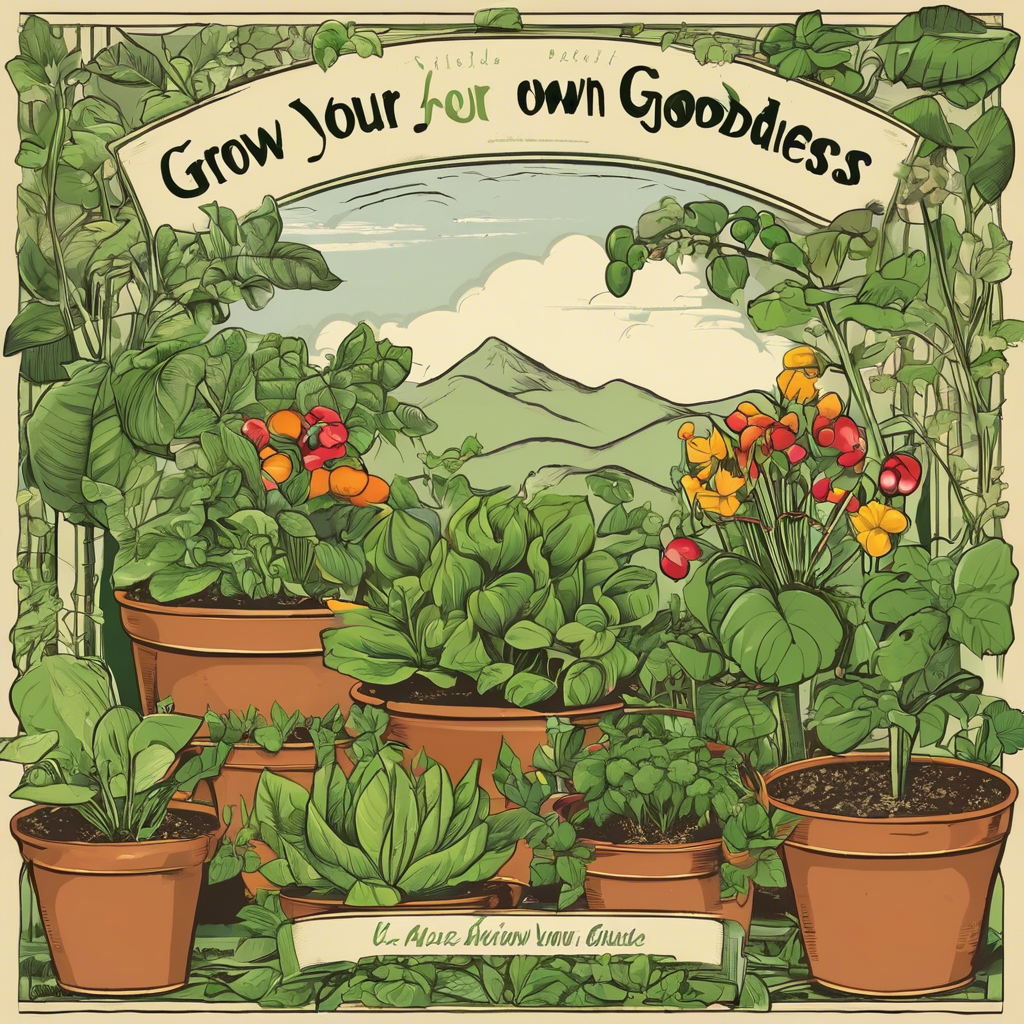
Grow Your Own Goodness: A Beginner’s Guide to Sustainable Gardening
Interested in sustainable gardening? Want to grow your own produce but not sure where to start? Fear not! Sustainable gardening is a rewarding way to grow your own food and enrich your lifestyle. Ready to dig in? Here is a practical guide to getting started:
1. Why sustainable gardening?
Sustainable gardening is an approach to planting that focuses on creating a harmonious relationship between people, plants, and the planet. It aims to maximise productivity whilst minimising negative impacts on the environment. By adopting sustainable practices, you can grow nutrient-rich food and contribute to a healthier ecosystem.
2. Site Preparation
Starting with a well-prepared site is key to successful sustainable gardening. Consider the following when choosing your garden location:
Sunlight: Most edible plants require 6-8 hours of sunlight per day. Choose a spot that gets ample sunlight, unless you plan to grow mushrooms or other shade-loving crops.
Soil Quality: The soil is the foundation of your garden. Test your soil for its pH level and nutrient composition. You can improve soil quality by adding organic matter, such as compost, which also enhances soil biodiversity.
Accessibility: Consider ease of access from your house or daily path. A garden that is close at hand is easier to maintain.
3. Choosing the Right Plants
Select plants that match your growing conditions and regional climate. Opt for open-pollinated and heirloom varieties, as they tend to have better yields and disease resistance. hybrid seeds are also compatible with sustainable gardening practices, so you can consider them too. Avoid genetically modified organisms (GMOs), which are created for exclusive use with synthetic chemicals.
4. Start Small
Avoid overwhelm by starting small. A small garden allows you to trial sustainable practices without feeling burdened. You can always expand your garden as you become more experienced.
5. Stay Organic
Embrace organic gardening methods to nurture soil life, minimise pests and diseases, and grow delicious chemical-free food.
6. Water Wisely
Implement water-saving techniques like drip irrigation, rainwater harvesting, and efficient weeding. Avoid over-watering and watering during the hottest part of the day.
7. Encourage Biodiversity
Invite beneficial insects and wildlife into your garden to help control pests and pollinate your plants. Plant native species, create wildlife habitats, and avoid toxic pesticides.
8. Stay Vigilant
Sustainable gardening requires ongoing observation and adjustment. Keep track of your practices and garden’s responses. Be patient and embrace the lessons learned at every step of the way.
Getting started with sustainable gardening can be incredibly satisfying, both in terms of the food it provides and the positive impact it has on the environment. Remember, sustainability isn’t just a fad; it’s a way of life. Happy gardening!
This article has provided an overview of sustainable gardening, highlighted its importance, and offered beginner-friendly steps to get started. Now it’s time to grab your gloves and get growing!